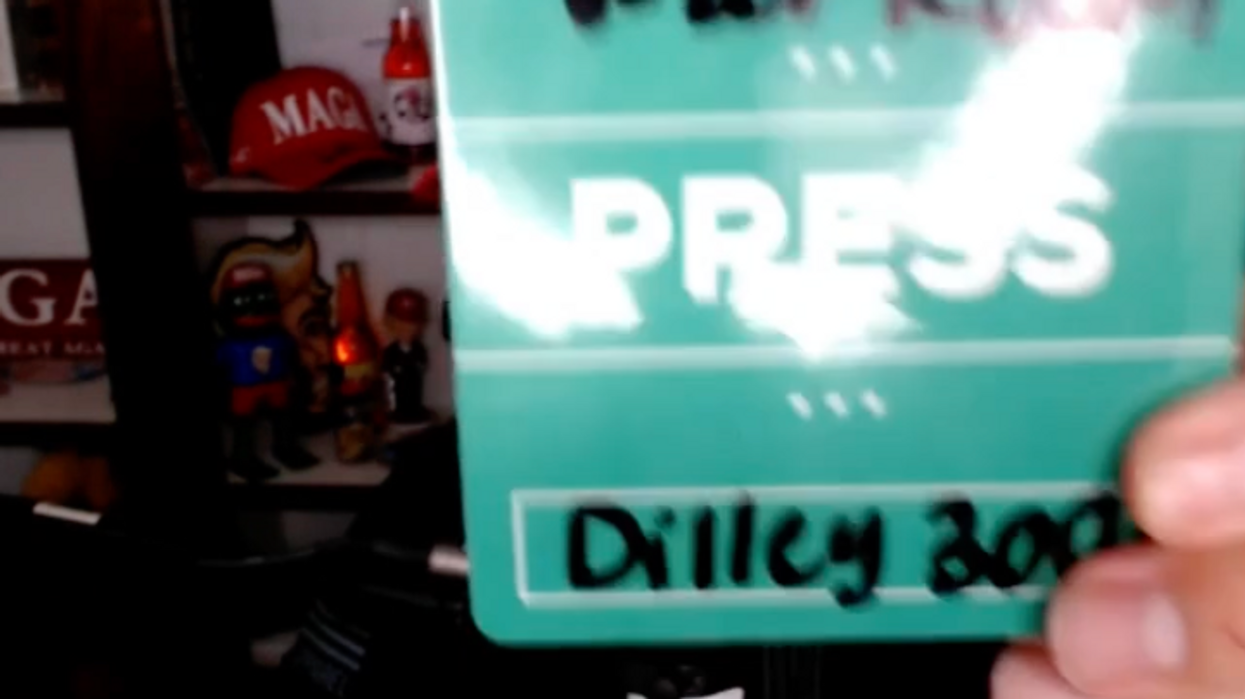Originally posted at The Century Foundation
If the Laffer curve hypothesis is the first commandment of the modern conservative movement, then its economist namesake, Arthur Laffer, is its chief apostle. Laffer argued that it is theoretically possible to raise more government revenue by lowering tax rates, thereby offering a “free lunch” for legislators. The understandable political allure of Laffer’s suggestion is directly responsible for a three-decade experiment with “supply-side” economics, an experiment whose failure has eroded inflation-adjusted incomes and living standards of the vast majority.
But the Laffer curve is merely an economic model, one originally sketched out on a napkin. The model has zero scope for informing good public policy without rigorous, accompanying empirical research on behavioral responses to tax changes.
And modern economic research isn’t on Laffer’s side.
Laffer’s proposition is based on the simple observation that the government will collect zero revenue if the tax rate is at either zero or at 100 percent. A revenue maximizing rate must lie between these bounds, and the Laffer curve is typically depicted as a symmetrical, concave function between these revenueless rates (implying a revenue-maximizing rate of 50 percent). In practice, invoking the Laffer curve has assumed de facto that U.S. tax rates were so high that they were on the “wrong side” of the revenue maximizing rate.
But after decades of tax cutting, economic research clearly suggests that top U.S. income tax rates are well shy of revenue maximization. The top tax rate would be below the revenue-maximizing rate if the Laffer curve were symmetrically distributed, but research suggests that the Laffer curve is asymmetrically distributed, with a revenue-maximizing rate well above 50 percent.
In fact, economists Peter Diamond and Emmanuel Saez estimate that the revenue-maximizing income tax rate is actually 73 percent.
Diamond and Saez base their figure on an extensive review of research on the subject, and their estimated rate combines federal, state, and local taxes. As I explain in a new paper, these estimates imply that policymakers could raise the top federal statutory income tax rate from 39.6 percent to roughly 66 percent before reaching revenue maximization, all without unduly burdening economic growth.
That tax cuts do not pay for themselves may be news to conservative politicians, but this is hardly disputed by credible conservative economists. After Senate Minority Leader Mitch McConnell (R-KY) baselessly asserted that the Bush-era tax cuts “increased revenue, because of the vibrancy of these tax cuts,” supply-side apostate Bruce Bartlett chronicled numerous Bush administration economists flatly rejecting such “free lunch” arguments.
So policymakers invoking the Laffer curve hypothesis are truly calling for further increases in the top income tax rate—wittingly or unwittingly. There’s no free lunch to be had, but there is substantial scope for further raising top rates to increase revenue without unduly burdening economic growth.




